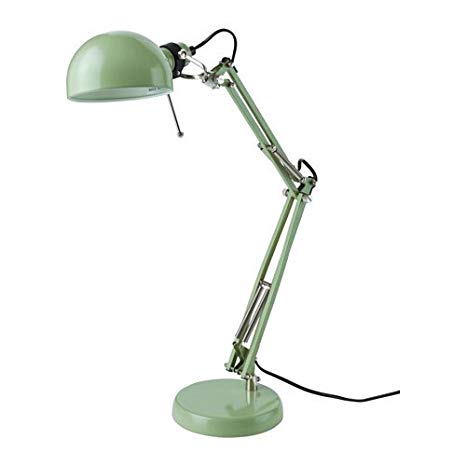

by Leo Wiles
12 October 2018
Are you suffering irritated, sore, dry or weepy eyes? Having trouble focusing more than usual? Experiencing blurred or double vision, neck pain or a headache that just won’t quit? You’re in danger of Digital Eye Strain or the even catchier Computer Vision Syndrome. Don’t stress – avoiding eye strain is possible for freelancers, or anyone who works on screens day in, day out. But it does involve adopting a few healthier habits.
When you consider that most Australians spend more time on screens than sleeping – in fact, an average of 9.4 hours a day compared to the average 7.3 hours of sleep – it’s no surprise that 48 percent of Aussie office workers suffer from computer-related eye fatigue. And it’s on the rise, compared to figures from 2010. And given yesterday was World Sight Day we figured we’d roll out a few preventative measures you can take to avoid eye strain.

To give your peepers a proper break, break out the cold teabags or slice up some rounds of cucumber, pop them over your eyes and lie down to rest for a minute. In fact, it should be around 5-10 mins for every 1-2 hours of computer use (that’s what Optometry Australia recommends). What better excuse do you need to put the kettle on?
There are no prizes for squinting to read minuscule text, people. Enlarge the type for easier reading – and adjust the contrast and brightness to a level that’s comfortable for you. Black text on white screen and fonts of 12 point+ at a minimum of 160 percent view will give your eyes an immediate boost, especially for long stretches of onscreen research, reading or writing. And don’t forget to blink regularly to lubricate your eyes!
3. Watch your posture
If you’re on a desktop machine, keep your distance. Instead of hunching over, it’s recommended that you keep your screen at arms length away and maintain good posture. Similarly, if you’re working on a laptop or tablet or often reading on your phone, be aware that this can cause you to crane your head forward and put stress on the neck muscles.

Reduce onscreen glare and reflection by turning off overhead lights in favour of a gooseneck task lamp that doesn’t shine on your monitor, and takes bulbs that are around 3-6,000 lumens.
If you’ve got an iPhone, get into the habit of swiping ‘up’, clicking on the light panel and then selecting Night Shift. This swaps the ‘bluescreen’ for a mellow orange that won’t mess with your eyes or your circadian rhythm. If you’re on an Android or Google phone, check here for advice about how to enable Night Mode on your phone or install it via a third party app.
Smudgy fingerprints and or dust all contribute to reduced contrast and less visibility.
If you’re on deadline at least give the 20-20-20 rule a whirl. All it takes is 20 seconds every minutes focusing on something approximately 20 foot away to exercise those eyeballs to reduce eyestrain. If it all seems to hard why not use the reminder app Protect Your Vision. Like time management tool Pomodoro it will give you an alert at one of three designated times – including 20-20-20. You can also check out these specific eye exercises which are designed to ease tired eyes, help with your focus and exercise weak eye muscles.
Book in with your optometrist, as eyestrain could be a sign that there’s an underlining eye condition that requires treatment, or simply that you’re due for new prescription glasses.
You know what we’re going to say. Top of the pops is don’t smoke – research shows it significantly increases your chance of cataracts and macular degeneration. A healthy diet is also key, packing in omega-3 fatty acids, lutein, zinc and Vitamins C and E which also may help ward off the above age-related vision problems (to shoehorn all those into your diet think leafy greens, oily fish such as salmon and tuna, eggs, nuts, beans and citrus fruits). Be mindful of fans or air conditioners that may contribute to dry eye (especially as summer’s on the way). And forget the $5 sunnies from Glebe markets; invest in a good pair with polarised lenses and UV protection.
What are your strategies for avoiding eye strain? Anything we’ve missed?
Hi all, That’s really good advice thanks, and can I please share RSI experiences that help to feel, if not cure, in that the issues for me are shared with the great gym people I go to, and who are fantastic in guiding me (and others!!) on the ‘right’ stretches, posture etc.. can recommend a visit to a helpful physio, gym (not a high powered one), or family doctor. And for me it’s got to be a regular practice, as it’s pretty ‘body-stopping’ meaning a halt to things sometimes; like it’s real ouch territory!! factor. If no time to get attention as a freelancer, can I explain it this way: Like Leo suggests, it’s gentle, neck, shoulder and arm movements – the opposite of neck-craning and hunching. Backstroke at the pool’s good too. Main thing is to get professional guidance ahead of anything else if the discomfort is troublesome.